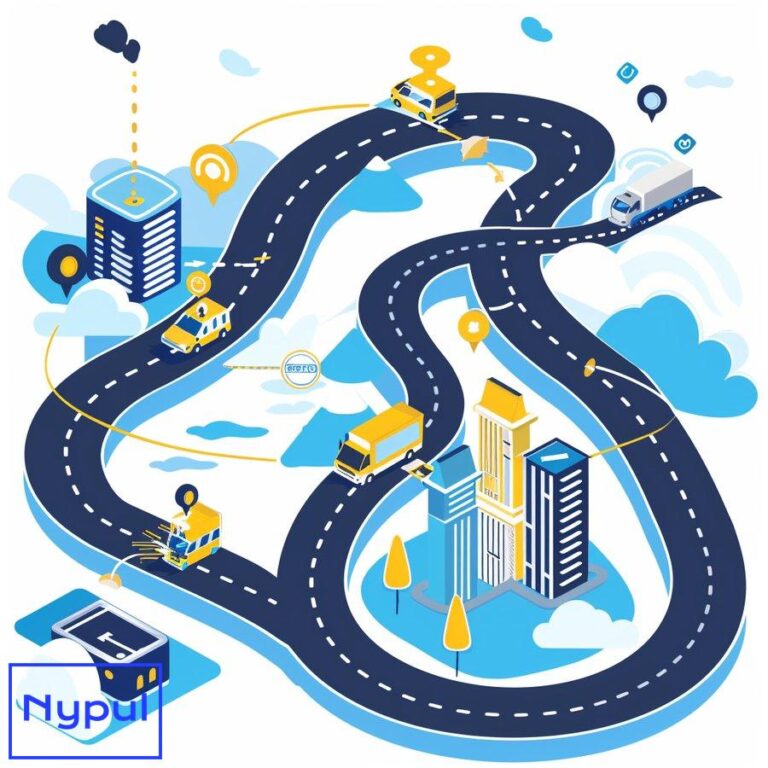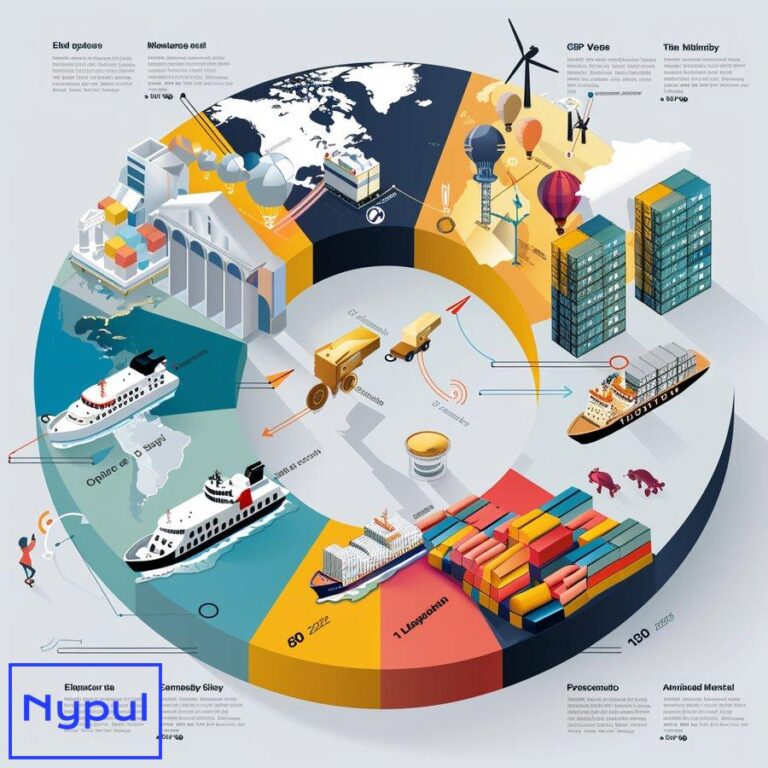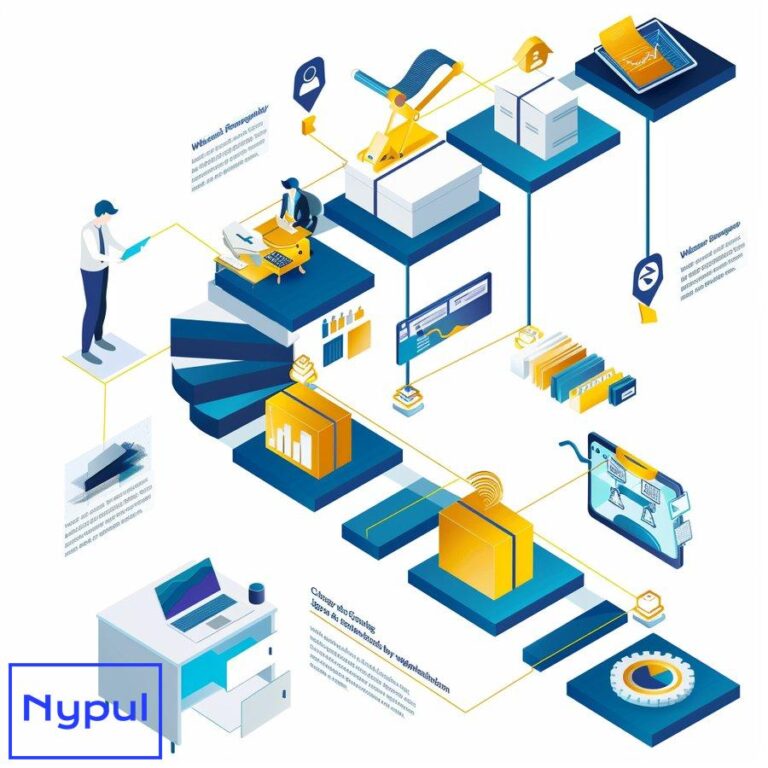What Are the Benefits of Drayage
What is drayage and how does it fit into modern logistics?
Drayage refers to the short-distance transportation of goods, typically involving the movement of containers from ports to nearby distribution centers or rail yards. This service plays a vital role in the broader logistics framework, acting as a bridge between maritime shipping and inland transportation. As global trade continues to expand, understanding drayage becomes essential for businesses aiming to optimize their logistics operations.
The Role of Drayage in Logistics
Drayage serves as a critical component of the supply chain, particularly in intermodal transport. The process involves:
-
Container Movement: Drayage focuses on the transfer of shipping containers, ensuring they reach their next destination efficiently.
-
Integration with Other Modes: It connects maritime shipping with rail and truck transport, facilitating seamless transitions between different transportation modes.
-
Support for Just-in-Time Delivery: Drayage enables businesses to maintain inventory levels that align closely with demand, reducing storage costs and improving responsiveness.
The importance of drayage is underscored by its ability to enhance the efficiency of the entire logistics system. By streamlining the movement of goods, drayage contributes to reduced transit times and improved service levels.
How does drayage contribute to cost efficiency and savings?
Drayage services can significantly lower transportation costs for businesses. Understanding the financial benefits of drayage is essential for companies looking to enhance their bottom line.
Cost-Effective Transportation Solutions

-
Reduced Overhead Costs: Utilizing drayage can minimize the need for extensive warehousing, as goods can move directly from ports to distribution centers.
-
Lower Fuel Costs: Shorter distances reduce fuel consumption, leading to savings that can be passed on to customers.
-
Consolidation of Shipments: Drayage allows for the consolidation of multiple shipments, optimizing load capacities and reducing per-unit transportation costs.
Impact on Overall Logistics Costs
Drayage can influence various cost factors within the logistics framework:
| Cost Factor | Impact of Drayage |
|---|---|
| Transportation Costs | Decreased due to shorter distances |
| Inventory Holding Costs | Reduced through faster turnover |
| Labor Costs | Streamlined processes lead to efficiency |
Investing in drayage services can yield substantial savings, making it an attractive option for businesses aiming to optimize their logistics expenditures.
In what ways does drayage enhance supply chain flexibility?
Flexibility is a critical attribute of an effective supply chain. Drayage services contribute to this flexibility in several ways.
Adapting to Market Changes
-
Quick Response to Demand Fluctuations: Drayage allows companies to adjust their logistics strategies rapidly in response to market changes, ensuring timely delivery of goods.
-
Versatile Transportation Options: Businesses can choose between various modes of transport (truck, rail, etc.) based on current needs, enhancing adaptability.
Streamlined Processes
-
Efficient Routing: Drayage services can optimize routes based on real-time data, allowing for quicker adjustments to transportation plans.
-
Integration with Technology: Advanced tracking and management systems enable businesses to monitor shipments closely, facilitating proactive decision-making.
The flexibility provided by drayage services empowers businesses to respond effectively to changing market dynamics, ensuring they remain competitive in a fast-paced environment.
How does drayage improve operational efficiency in transportation?
Operational efficiency is a vital aspect of logistics management. Drayage services play a significant role in enhancing this efficiency.
Optimized Transportation Processes

-
Minimized Transit Times: By focusing on short-distance movements, drayage reduces the time goods spend in transit, allowing for quicker deliveries.
-
Improved Load Management: Drayage services can optimize load capacities, ensuring that trucks and containers are utilized effectively.
Enhanced Coordination and Communication
-
Real-Time Tracking: Advanced tracking systems provide visibility into shipment status, enabling better coordination between various stakeholders.
-
Streamlined Communication: Effective communication between drayage providers, shippers, and receivers ensures that everyone is informed about shipment statuses and potential delays.
The operational efficiencies gained through drayage services contribute to a more responsive and effective logistics system, ultimately benefiting businesses and their customers.
What are the visibility and control benefits of drayage services?
Visibility and control are essential components of effective logistics management. Drayage services enhance these aspects significantly.
Real-Time Shipment Tracking
-
Enhanced Transparency: Businesses can monitor the status of their shipments at any time, providing valuable insights into the logistics process.
-
Proactive Issue Resolution: With real-time data, companies can identify and address potential delays or issues before they escalate.
Improved Control Over Logistics Operations
-
Data-Driven Decision Making: Access to accurate and timely information enables businesses to make informed decisions regarding their logistics strategies.
-
Streamlined Operations: Enhanced visibility allows for better coordination among different logistics partners, reducing the likelihood of miscommunication and errors.
The visibility and control provided by drayage services empower businesses to manage their logistics operations more effectively, leading to improved service levels and customer satisfaction.
How does drayage expertise address specialized handling needs?
Certain industries require specialized handling of goods, and drayage services can cater to these unique needs.
Expertise in Handling Diverse Cargo Types
-
Temperature-Controlled Shipments: Drayage providers can manage temperature-sensitive goods, ensuring they remain within required temperature ranges during transport.
-
Hazardous Materials: Specialized drayage services are equipped to handle hazardous materials, adhering to safety regulations and best practices.
Tailored Solutions for Unique Requirements
-
Customized Transportation Plans: Drayage providers can develop tailored solutions based on the specific needs of different industries, enhancing service quality.
-
Experienced Personnel: Trained professionals ensure that specialized handling requirements are met, reducing the risk of damage or loss.
The expertise offered by drayage services in handling specialized cargo ensures that businesses can transport their goods safely and efficiently, meeting industry-specific requirements.
What risk mitigation and security advantages does drayage offer?
Risk mitigation and security are paramount in logistics. Drayage services provide several advantages in these areas.

Enhanced Security Measures
-
Secure Transportation: Drayage providers often implement strict security protocols to protect shipments during transit, reducing the risk of theft or damage.
-
Monitoring Systems: Advanced tracking and monitoring systems provide real-time data on shipment locations, enhancing security and accountability.
Risk Management Strategies
-
Insurance Coverage: Many drayage providers offer insurance options to protect against potential losses during transportation.
-
Compliance with Regulations: Drayage services ensure compliance with industry regulations, reducing the risk of legal issues and fines.
The risk mitigation and security advantages of drayage services contribute to a safer and more reliable logistics process, ensuring that businesses can transport their goods with confidence.
How does drayage support scalability and business growth?
Scalability is essential for businesses looking to expand. Drayage services can facilitate this growth in several ways.

Flexible Capacity Options
-
Adaptable Fleet: Drayage providers often have access to a diverse fleet of vehicles, allowing businesses to scale their transportation capacity as needed.
-
On-Demand Services: Companies can utilize drayage services on an as-needed basis, providing flexibility during peak seasons or unexpected demand surges.
Support for Expansion Initiatives
-
Access to New Markets: Drayage services can help businesses reach new markets by providing efficient transportation solutions, facilitating growth opportunities.
-
Streamlined Logistics Processes: As businesses expand, drayage can simplify logistics operations, allowing for smoother transitions into new regions or markets.
The scalability and growth support provided by drayage services enable businesses to pursue new opportunities confidently, ensuring they can adapt to changing market conditions.
In conclusion, drayage services offer a multitude of benefits that enhance logistics operations. From cost efficiency and flexibility to improved operational efficiency and risk mitigation, understanding the advantages of drayage is crucial for businesses aiming to optimize their supply chain. As the logistics landscape continues to evolve, leveraging drayage services can provide a competitive edge, ensuring that companies remain agile and responsive to market demands.




